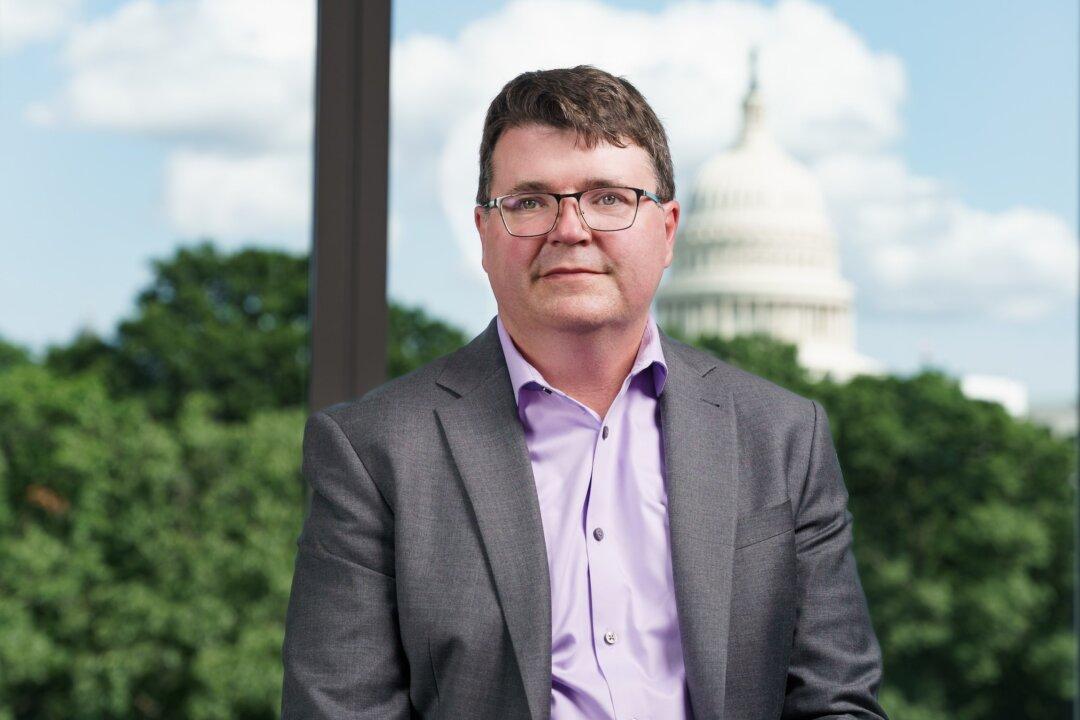A culture promoting safety above all else was a means of establishing unprecedented limitations of the public’s freedom during the COVID-19 pandemic, according to Steven Templeton, an immunologist and author of the recent book, “Fear of a Microbial Planet: How a Germophobic Safety Culture Makes Us Less Safe.”
Mr. Templeton shared his thoughts in a recent interview for EpochTV’s “American Thought Leaders” program, saying that this safety culture has become extreme, evolving to something irrational that could—together with the spread of misinformation about the real risks involved—lead to unprecedented misery via lockdowns and other extreme measures.






